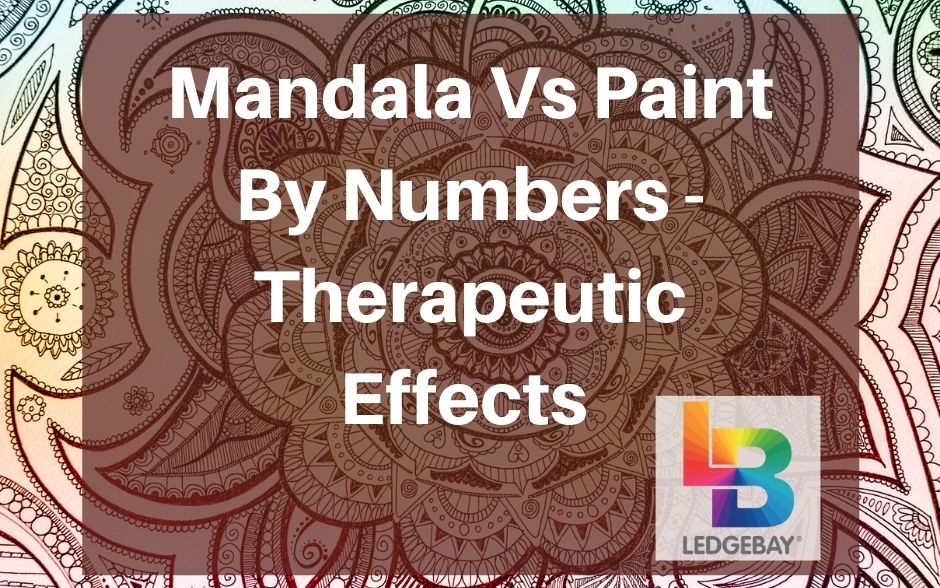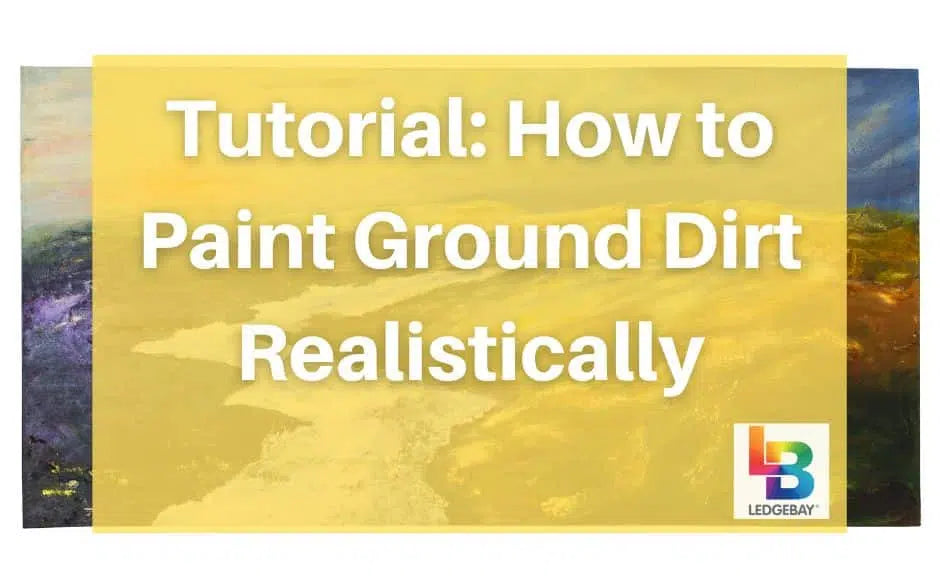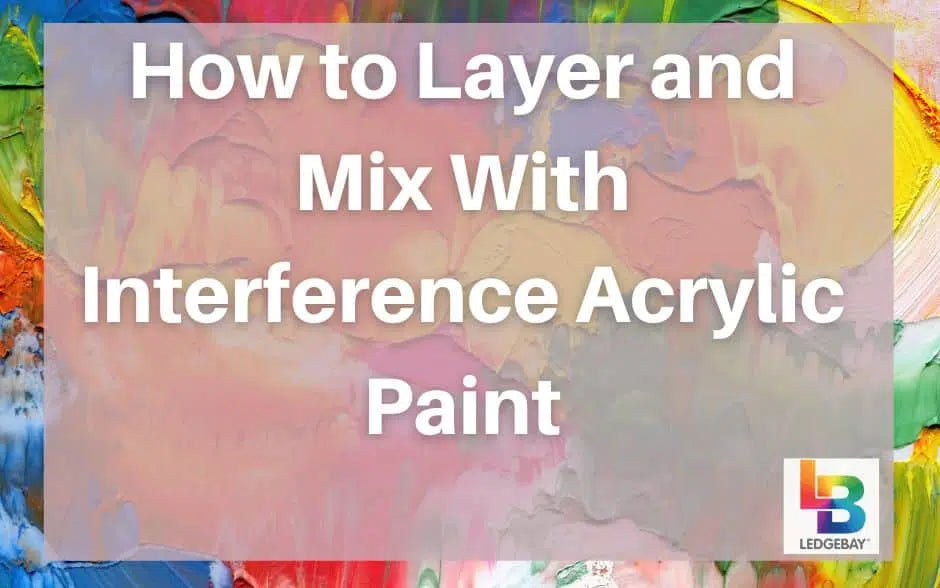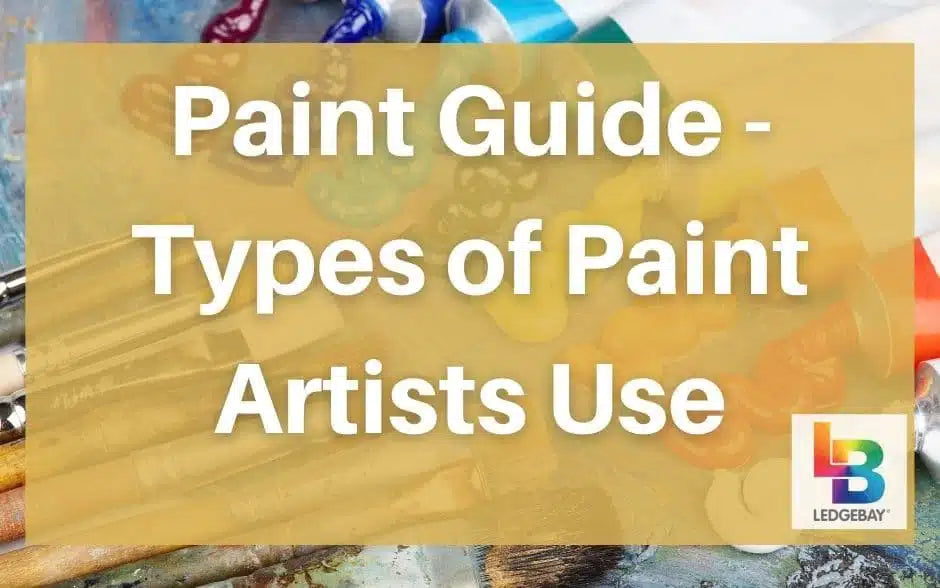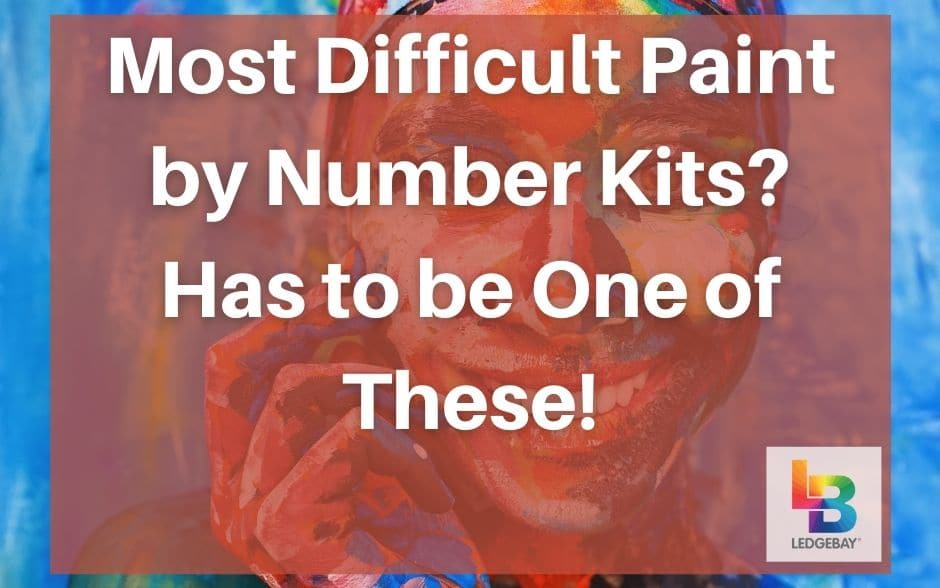Today, we will explore further the therapeutic effect of mandala vs paint by numbers. Read on to find out all about it!
We live in fast-paced times, and most of us are constantly running, just to keep up.
The pursuit of happiness led us all to look for well being, and from what we’reseeing art is a great point to start. Specifically, the creative forms of mandalas andrecreating landscapes . Many people found peace and serenity in the simple act of coloring. In 1978 the World Health Organization (WHO) highlightedthe importance of art in overall well being . And asserted the fact that a person can’t be considered well just by being free from physical sickness.
In 1978 the World Health Organization (WHO) highlightedthe importance of art in overall well being . And asserted the fact that a person can’t be considered well just by being free from physical sickness.
“Viewing man in his totality within a wide ecological spectrum, and emphasizing the view that ill health or disease is brought about by an imbalance, or disequilibrium, of man in his total ecological system. And not only by the causative agent and pathogenic evolution.”
Furthermore,recent studies have established a strong connection between chronic disease and emotional wellness. Cardiac diseases and Diabetes cases have soared in the past decades. And in almost all of these incidents, a correlation with depression and anxiety can be established.
That’s how physicians have come to realize that treating the soul was as important as treating the body. Engagement with artistic expression was found toalleviate several health issues. It does this s imply by making people destress and relax.
In fact, there’s more toart than just feeling a bit more ‘chill’ after finishing a painting . Theeffects of practicing art consistently, go much deeper than that. Here are some of the findings of recent studies.
That’s exactly what we’ll talk about next.
According toMegan Carleton , who is an art therapist at Harvard-affiliated Massachusetts General Hospital, the process is the most important part of healing. As opposed to the final product. She explains that skill or talent isn’t a determining factor while engaging with art.
Free-form artistic expression is the epitome of articulating emotions and thoughts. Interestingly, we can all do it. And a ready demonstration is how we allpainted so well at one time in our lives . Children are masters of getting all their experiences out on paper.
As we turn intoadults we become less courageous with using colors , and more restrained with expressing emotions.
A good solution to that is using Mandalas orpaint by number artworks. This would take the edge out of starting with a blank page, and being expected to produce a gem.
The good benefits are still inherent in the process. It might appear to some that simplycoloring a readymade pattern is a mechanical activity devoid of any artistic depth. However, there are several mental and emotional processes that remain intact, even with these different art forms.
The point where you choose a certain pattern or landscape already sets in motion a creative sequence. Using a specific color, and shading in a particular manner, all count as art. Dipping the brush inpaint and moving it on the canvas is self expression, even while it’s following a preset number.
[amazon box="B07ZMJKMWQ"]
Professional film makers would testify that making movies is among the best and worst experience of their lives. It’s no secret that actors receive hundreds of rejections, and experience numerous flops. And even after all that, theodds of success are slim. Singers and dancers aren’t any different.
Professional sculptors, stand up comedians, illustrators, photographers, and voice-over actors are a few more examples of artists who see good and bad days. Anycreative person who lives on selling art would feel heartbroken at some point. It’s part of the deal.
This is art, but it doesn’t seem to contribute too much to decreasing anxiety. Plus, it takes a huge amount of talent and experience to practiceart on that level .
That’s why we focus on mandalas andpaint by numbers . Theseart forms do not require any prior art education or special creative skills. It’s also not intended to be a profession or to provide financial gains. It’s a purelyhealing activity . Millions of people around the globe practice mandalas andpainting by numbers on a regular basis. They are so widespread that we don’t have to give any figures demonstrating the popularity of these two artistic forms.
Millions of people around the globe practice mandalas andpainting by numbers on a regular basis. They are so widespread that we don’t have to give any figures demonstrating the popularity of these two artistic forms.
Both methods are ready-made patterns, with directions on how to proceed. And as the users finish a canvas or a new mandala, they often feel a tangible sense of accomplishment and bliss.
We already know that they both work effectively in de-stressing. But do they offer more than that in terms of emotional wellness? And is one of them better than the other? Let’s see.
Thecircle is a unique shape in almost all cultures. And if you read the justifications for that, you’d come to the conclusion that it represents everything that’s fundamental to life.
It’s the shape that holds infinity in its lines, it doesn’t have a starting point or an end point. And it’s the true expression of the self and the ego. It’s also the representation of the universe as we know it, from the largest galaxies to the smallest electrons.
Someinteresting studies showed that babies prefer looking at circular shapes than lines. It’s how they recognize the faces of the people around them, and how they perceive their tiny little bodies. Visual experience starts with a circle, it’s how the eye looks like.
As for mandalas, they elevate the circle to its full potential. Harmony and discord can easily be placed in a mandala, and when they’re out in the open a person can deal with them. The patterns inside it can easily show how the person relates to the world and to everyone in it.
It’s even a timeline of events. The shape you did last year would look strikingly different from the one you’d do today. Same for the one you’d craft a year from now.
Carl Young, the legendary psychologist, was known to keep amandala diary for years. He also used it in his clinical work to assess his patientsmental state , and help them overcome their painful issues.
A person doesn’t need to be depressed or emotionally drained tobenefit from coloring a mandala though. It enhances the awareness and helps in making a good life much better. These are certainly goals worth aspiring to.
During the Renaissance, the great artists perfected theart of creating grand drawings on walls and chateau ceilings. Reproducing paintings onFrescoes became the strongest point of several masters. And they all employed one method: dividing the painting into smaller parts.
They didn’t even have to do theactual painting on the walls themselves. They’d send their apprentices with the parts that needed to be reproduced on the walls, along with the color instructions. It was literally a form ofcoloring by numbers . While that was business at the time, today, it’s simply a recreational activity.
The therapeutic benefits of thisartistic form are mainly related to the scene that’s being painted . Choosing to recreate a particular place, object, portrait, or landscape has a meaning to the person making that decision.
And throughout the painting process,both sides of the brain interact with the details of that landscape. It might hold a ringer of a certain event, be a positive reminder of old aspirations, or hold a special memory.
While a person dips the brush inpaint and follows the numbers , both sides of the brain work on making sense of past, present, and future thoughts. It’s an act of rebalancing and de-stressing. A heightened awareness of what matters.
“It’s not the product, it’s the process”
You’ll hear that line a lot, if you’re still undecided about coloring a mandala, or recreating a landscape. Actually, I couldn’t agree more!
The healing effects of these simplecreative forms are numerous. Starting with knowing yourself and others better. A daily half hour spentpainting can improve your emotional state significantly. From there, your biological state also gets better.
Happiness is a goal worth seeking.
To view our complete gallery of paint by numbers kits,CLICK HERE!
We live in fast-paced times, and most of us are constantly running, just to keep up.
The pursuit of happiness led us all to look for well being, and from what we’reseeing art is a great point to start. Specifically, the creative forms of mandalas andrecreating landscapes . Many people found peace and serenity in the simple act of coloring.
The Effects of Art on Wellbeing
 In 1978 the World Health Organization (WHO) highlightedthe importance of art in overall well being . And asserted the fact that a person can’t be considered well just by being free from physical sickness.
In 1978 the World Health Organization (WHO) highlightedthe importance of art in overall well being . And asserted the fact that a person can’t be considered well just by being free from physical sickness.“Viewing man in his totality within a wide ecological spectrum, and emphasizing the view that ill health or disease is brought about by an imbalance, or disequilibrium, of man in his total ecological system. And not only by the causative agent and pathogenic evolution.”
Furthermore,recent studies have established a strong connection between chronic disease and emotional wellness. Cardiac diseases and Diabetes cases have soared in the past decades. And in almost all of these incidents, a correlation with depression and anxiety can be established.
That’s how physicians have come to realize that treating the soul was as important as treating the body. Engagement with artistic expression was found toalleviate several health issues. It does this s imply by making people destress and relax.
In fact, there’s more toart than just feeling a bit more ‘chill’ after finishing a painting . Theeffects of practicing art consistently, go much deeper than that. Here are some of the findings of recent studies.
Therapeutic Effects of Painting
[amazon box="B083FGNMFH"]- It can help people in understanding themselves better
- Makes understanding others and empathizing with them easier
- Develops the positive habit of self reflection
- Assists in changing thinking patterns
- Assists in Changing behavioral patterns
- Helps in reducing stress, anxiety, and depression
- It can reduce the effects of some chronic diseases
- Contribute to overall well being
That’s exactly what we’ll talk about next.
Do You Need to Be an Artist to Benefit from Art?
[amazon box="197848223X"]According toMegan Carleton , who is an art therapist at Harvard-affiliated Massachusetts General Hospital, the process is the most important part of healing. As opposed to the final product. She explains that skill or talent isn’t a determining factor while engaging with art.
Free-form artistic expression is the epitome of articulating emotions and thoughts. Interestingly, we can all do it. And a ready demonstration is how we allpainted so well at one time in our lives . Children are masters of getting all their experiences out on paper.
As we turn intoadults we become less courageous with using colors , and more restrained with expressing emotions.
A good solution to that is using Mandalas orpaint by number artworks. This would take the edge out of starting with a blank page, and being expected to produce a gem.
The good benefits are still inherent in the process. It might appear to some that simplycoloring a readymade pattern is a mechanical activity devoid of any artistic depth. However, there are several mental and emotional processes that remain intact, even with these different art forms.
The point where you choose a certain pattern or landscape already sets in motion a creative sequence. Using a specific color, and shading in a particular manner, all count as art. Dipping the brush inpaint and moving it on the canvas is self expression, even while it’s following a preset number.
[amazon box="B07ZMJKMWQ"]
Does all Art Have the Same Therapeutic Effects?
Engaging in art is generally beneficial. However, if you’ve taken part in serious artistic activities, you must know that it could be a source of stress.Professional film makers would testify that making movies is among the best and worst experience of their lives. It’s no secret that actors receive hundreds of rejections, and experience numerous flops. And even after all that, theodds of success are slim. Singers and dancers aren’t any different.
Professional sculptors, stand up comedians, illustrators, photographers, and voice-over actors are a few more examples of artists who see good and bad days. Anycreative person who lives on selling art would feel heartbroken at some point. It’s part of the deal.
This is art, but it doesn’t seem to contribute too much to decreasing anxiety. Plus, it takes a huge amount of talent and experience to practiceart on that level .
That’s why we focus on mandalas andpaint by numbers . Theseart forms do not require any prior art education or special creative skills. It’s also not intended to be a profession or to provide financial gains. It’s a purelyhealing activity .
Mandala vs Paint by Numbers
 Millions of people around the globe practice mandalas andpainting by numbers on a regular basis. They are so widespread that we don’t have to give any figures demonstrating the popularity of these two artistic forms.
Millions of people around the globe practice mandalas andpainting by numbers on a regular basis. They are so widespread that we don’t have to give any figures demonstrating the popularity of these two artistic forms.Both methods are ready-made patterns, with directions on how to proceed. And as the users finish a canvas or a new mandala, they often feel a tangible sense of accomplishment and bliss.
We already know that they both work effectively in de-stressing. But do they offer more than that in terms of emotional wellness? And is one of them better than the other? Let’s see.
What Is So Special About Mandala vs Paint by Numbers?
Mandala
[amazon box="1454941790"]Thecircle is a unique shape in almost all cultures. And if you read the justifications for that, you’d come to the conclusion that it represents everything that’s fundamental to life.
It’s the shape that holds infinity in its lines, it doesn’t have a starting point or an end point. And it’s the true expression of the self and the ego. It’s also the representation of the universe as we know it, from the largest galaxies to the smallest electrons.
Someinteresting studies showed that babies prefer looking at circular shapes than lines. It’s how they recognize the faces of the people around them, and how they perceive their tiny little bodies. Visual experience starts with a circle, it’s how the eye looks like.
As for mandalas, they elevate the circle to its full potential. Harmony and discord can easily be placed in a mandala, and when they’re out in the open a person can deal with them. The patterns inside it can easily show how the person relates to the world and to everyone in it.
It’s even a timeline of events. The shape you did last year would look strikingly different from the one you’d do today. Same for the one you’d craft a year from now.
Carl Young, the legendary psychologist, was known to keep amandala diary for years. He also used it in his clinical work to assess his patientsmental state , and help them overcome their painful issues.
A person doesn’t need to be depressed or emotionally drained tobenefit from coloring a mandala though. It enhances the awareness and helps in making a good life much better. These are certainly goals worth aspiring to.
Paint by Numbers
[amazon box="B07BNBYM4J"]During the Renaissance, the great artists perfected theart of creating grand drawings on walls and chateau ceilings. Reproducing paintings onFrescoes became the strongest point of several masters. And they all employed one method: dividing the painting into smaller parts.
They didn’t even have to do theactual painting on the walls themselves. They’d send their apprentices with the parts that needed to be reproduced on the walls, along with the color instructions. It was literally a form ofcoloring by numbers . While that was business at the time, today, it’s simply a recreational activity.
The therapeutic benefits of thisartistic form are mainly related to the scene that’s being painted . Choosing to recreate a particular place, object, portrait, or landscape has a meaning to the person making that decision.
And throughout the painting process,both sides of the brain interact with the details of that landscape. It might hold a ringer of a certain event, be a positive reminder of old aspirations, or hold a special memory.
While a person dips the brush inpaint and follows the numbers , both sides of the brain work on making sense of past, present, and future thoughts. It’s an act of rebalancing and de-stressing. A heightened awareness of what matters.
Mandala vs Paint by Numbers - Conclusion
[amazon box="1454710179"]“It’s not the product, it’s the process”
You’ll hear that line a lot, if you’re still undecided about coloring a mandala, or recreating a landscape. Actually, I couldn’t agree more!
The healing effects of these simplecreative forms are numerous. Starting with knowing yourself and others better. A daily half hour spentpainting can improve your emotional state significantly. From there, your biological state also gets better.
Happiness is a goal worth seeking.
To view our complete gallery of paint by numbers kits,CLICK HERE!


